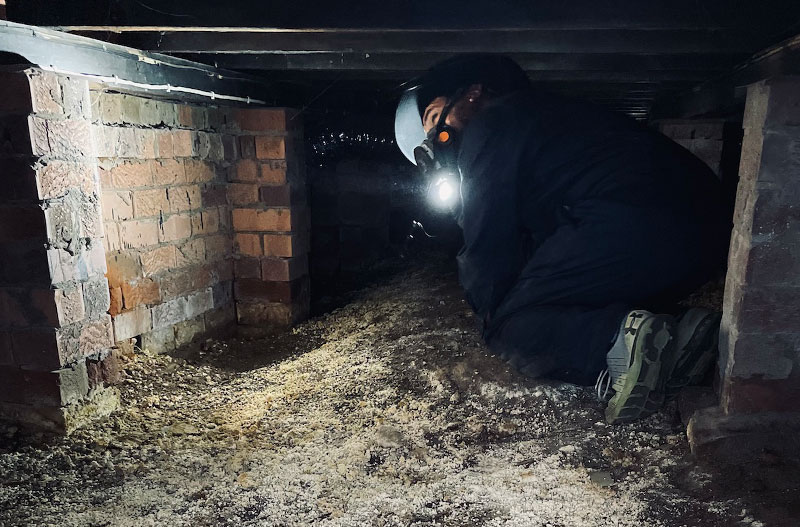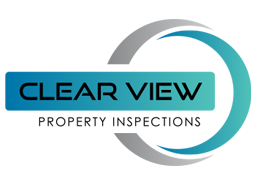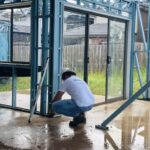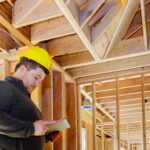Basic DIY Property Inspection
Basic DIY Property Inspection
Research and Preparation
Before you start a DIY inspection, it’s important to do some research and be prepared. This includes learning about the property’s location, type, and any common issues in that area.
If the home has had any renovations or extensions it’s always good to check that the work completed was approved by the local council and all certificates are in place.
Buying a home with unapproved building work can be costly and stressful.
Additionally, researching local property values/sales trends can help with investment return/resale value assessments. It is also essential to gather necessary inspection tools such as a flashlight, tape measure, and notepad.
Make notes of areas of concerns like moisture stains, cracks to internal and external walls, check the floors look straight and don’t show any signs of subsidence.
Exterior Inspection
The outside of the property needs to be checked for any damage or issues, including the roof, gutters, and downpipes. Look for cracks in the masonry walls, pathways and signs of settling. Also, inspect the walls for water damage, mould or discolouration. Make sure to assess everything from the foundation up to the roof to ensure its structurally sound. External drainage is important factor is poor site drainage can have major effects to the foundations and footings causing subsidence and cracks to the structure. Then look at the roof for missing or damaged Flashing, tiles or roof sheets. Don’t forget to examine gutters, downpipes, and drainage systems for blockages. Lastly check out the landscaping and outdoor areas around the property – watch out for overhanging tree branches and unstable retaining walls too.
Interior Inspection
Inspect the property carefully, including plumbing and electrical systems. Look for any problems or damage to walls, floors, ceilings, windows, and doors. Check each room for signs of wear and tear like cracked tiles or peeling paint. Also, look out for water damage, mould growth, and structural issues that might need more attention. Test the functionality of fixtures and appliances; take note of any problems found during the inspection.
Heating, Aircon and Hot Water
This is something every home purchaser should do even if you hire an expert. Property inspectors do not inspect appliances or AC units. This should be done by the potential purchaser. In some cases, we will turn the AC on while we are doing the inspection but it’s definitely not in our scope. Having to turn on dishwashers, Oven, stoves and trying to work out how some AC units work will take too much down time where it could be better spent looking for structural and moisture issues. Take note this is industry wide and noted on all service agreements with the building inspection company.
Safety Inspection
Some basic items homeowners can check is handrails to balconies and stairs. Ensure they are sturdy and safe. Do some research and check minimum heights and spacings mid rails should be. Check window stops are in place for second story windows. Check pools gates self-close and self-latch.

Our inspection service is reasonably priced given the comprehensive onsite time required for a detailed assessment.







